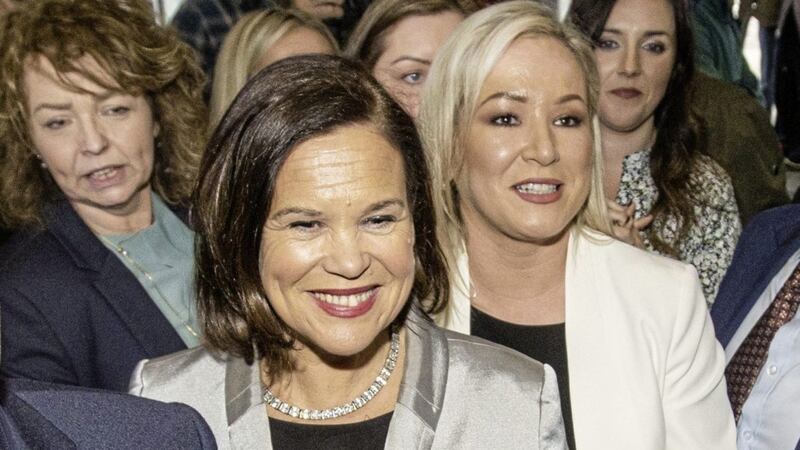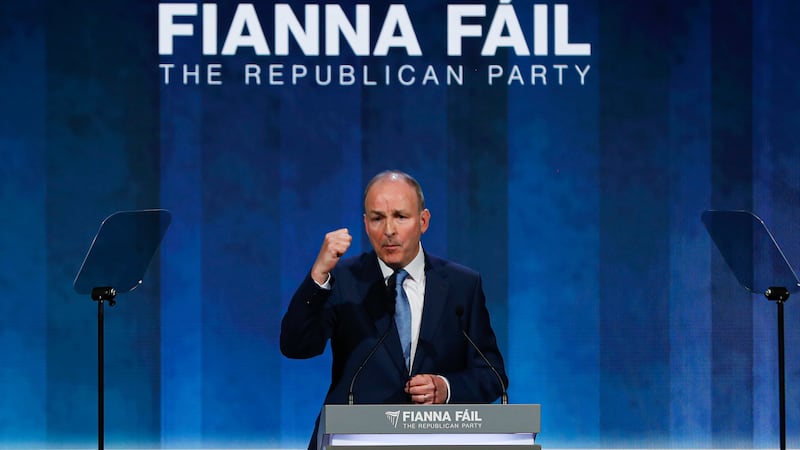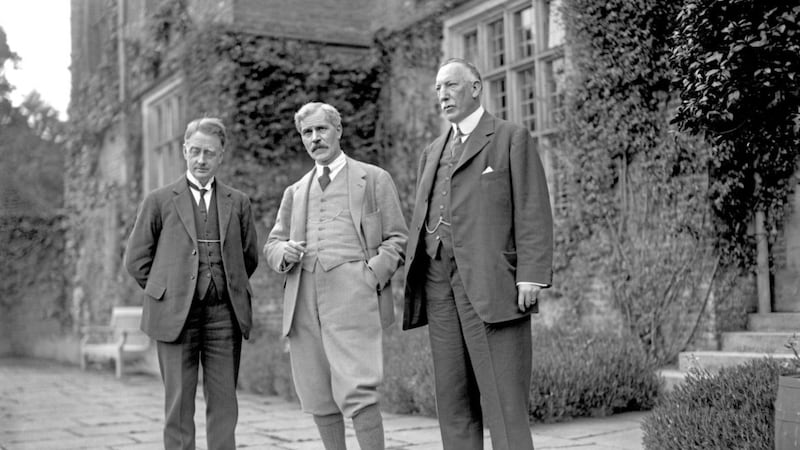This wasn’t supposed to happen.
Northern Ireland was carefully carved into existence just over a century ago for the specific purposes of both denying the Irish people their democratically expressed wish for independence and to ensure nationalists would remain, into perpetuity, a minority in a Protestant state for a unionist people.
Prior to last Thursday, the 2001 Westminster election was the occasion in which the greatest number of people, some 817,000, turned out to vote in a northern Irish election. That proved to be a landmark occasion as it was the first time Sinn Féin supplanted the SDLP as the largest nationalist party.
Twenty one years on, more than 850,000 people turned out last week in an election that will be remembered as the first in which a nationalist party emerged as the clear winner in both votes won and seats secured in the assembly.
The perceived wisdom was that the crocodile election of 2017 marked a high water mark for nationalism, and that this time would see a levelling off, with unionism regaining some lost ground.
Instead, Sinn Féin held on to all of their seats whilst every other party (Alliance apart) was left with diminished numbers, victims of the waves of support rolling in to herald Alliance’s arrival as the third force and party of the assembly.
Political representation is changing to reflect demographic realities long anticipated in northern Irish society.
Sinn Féin were the clear winners in the battle for the first minister’s office. They ran an almost flawless campaign, themed on a message of unrelenting positivity and fuelled by nationalist resentment of the DUP’s ‘divisive border poll’ rhetoric and unionist party leaders who refused at any point during the campaign to confirm if they would serve in an executive led by a nationalist first minister.
Writing in this paper on Saturday, John Manley astutely observed how this acted like a “slow-burning crocodile moment.”
Nationalists were determined to turn out in record numbers to force Jeffrey Donaldson and Doug Beattie into having to publicly prove their democratic credentials some 24 years after the Good Friday Agreement.
Assembly Election Results Hub
Sinn Féin alone have been able to return three or more MLAs to a single constituency, and they managed this feat once again in no fewer than five constituencies, including returning four in West Belfast.
The critical constituencies which returned four nationalists and one unionist in 2017 once again returned a solitary unionist representative this time: West Tyrone, Mid Ulster, Newry and Armagh and South Down. All four elected unionist MPs in memory’s reach, illustrating how time and numbers are not in unionism’s favour.
As unionism continues to lurch to the right to foolishly appease and indulge the noisiest of empty vessels, Alliance has capitalised on the frustration, despair and yearning for better felt by many.
The 17 seats returned by Alliance saw them double representation in unionist heartlands like Strangford, Lagan Valley, North Down and East Antrim. The election of Patricia O’Lynn for the party in North Antrim was at the expense of DUP veteran, Mervyn Storey. Clearly riled by this, the TUV leader launched a blistering attack after O’Lynn’s election, labelling Alliance “a crypto-nationalist” party.
Jim Allister is beyond the point of no return, but will the DUP ever learn?
The SDLP had a dreadful election, its assembly numbers depleted due to its inability to stay ahead of Alliance in head to head battles for final seats in four different constituencies. Stuck between Sinn Féin and Alliance, its identity as a lite version of both is not resonating. With Sinn Féin in a strong position to lead the next government in Dublin, new thinking is urgently required if the SDLP are to avoid slipping into irrelevancy in the years to come.
The composition of the new assembly confirms that nationalism and unionism are on an equal footing now, with nominally pro-unity and pro-union parties and independents each securing slightly over 40 per cent of the vote respectively. There will be 35 MLAs designating as nationalist and 37 as unionist, though People Before Profit’s support for a 32-county socialist republic means they can be counted amongst the pro-unity –if not nationalist - bloc, reducing the gap to just one.
The remaining 17 MLAs under the Other designation now belong to Alliance after the party rubbed out the Greens in the process of doubling representation in North Down and South Belfast.
Naomi Long has guided her party to unprecedented success, creating a loyal and expanding support base spanning the divides of communal identity, age and geography. They cannot be neatly defined by national identity nor constitutional aspiration, but rather by a growing impatience and hope for ‘better’. Negativity and exclusivity will not do it for them.
The third bloc in northern Irish politics is not going away. Its membership will be fluid, and finding a means of communicating with and appealing to its voters will ultimately determine the constitutional future of the island.
Sinn Féin know this and that was clear from their messaging throughout this campaign. Their success, north and south, has been a consequence of a move to the middle.









